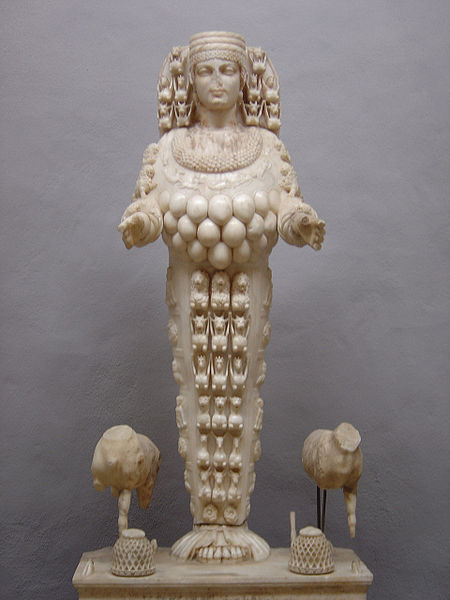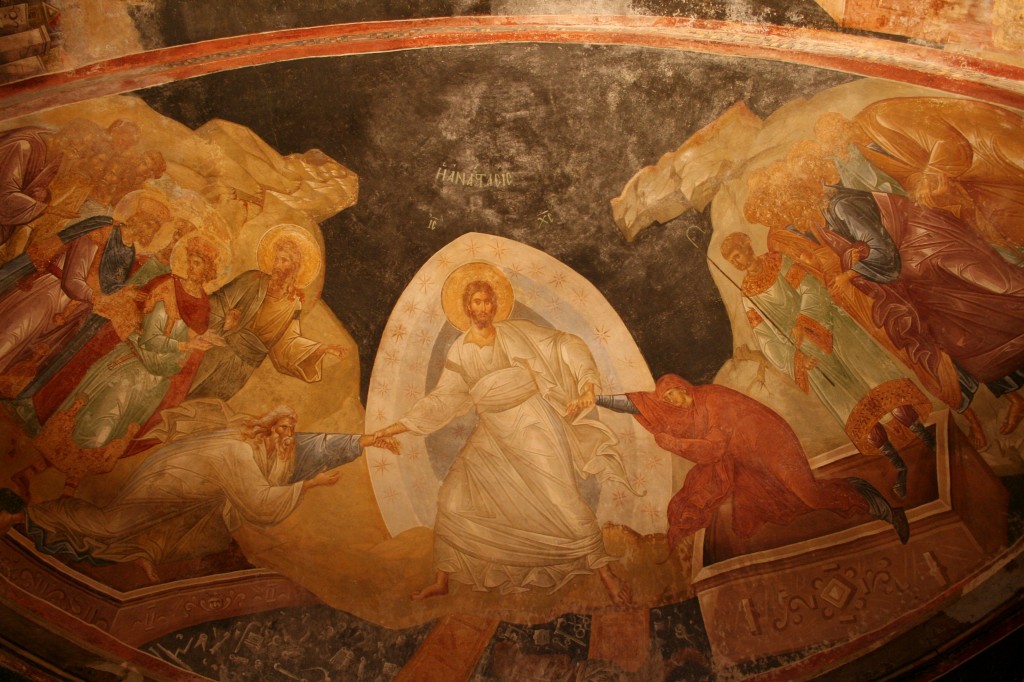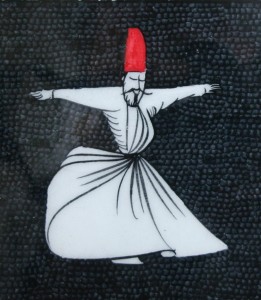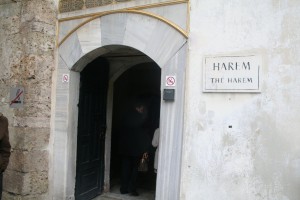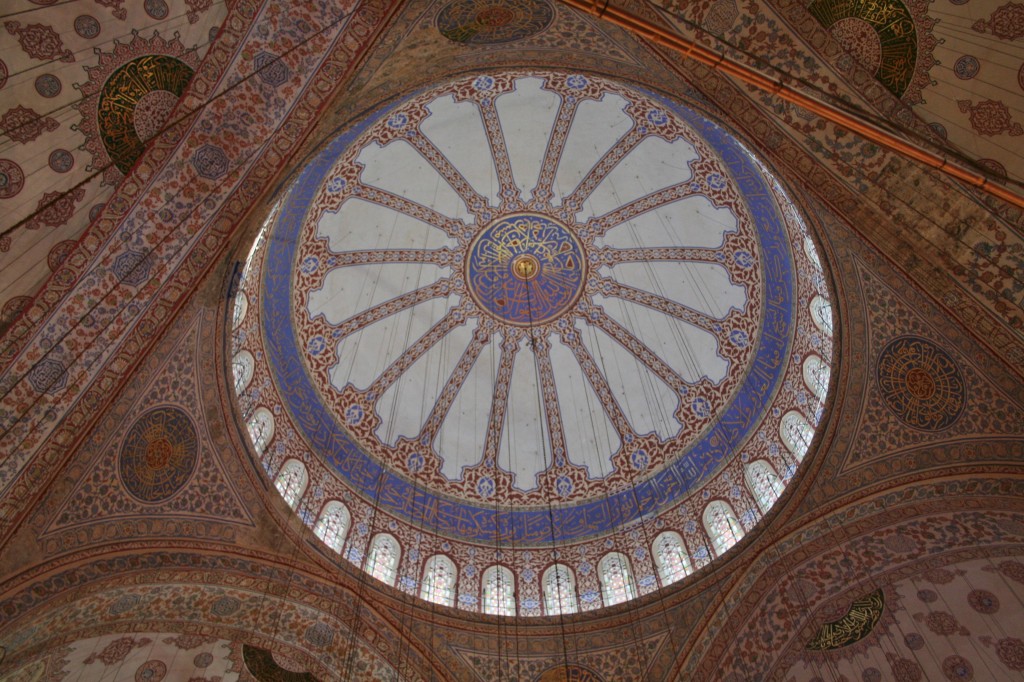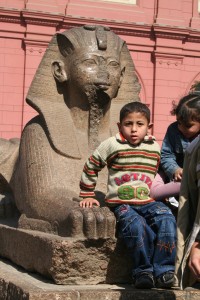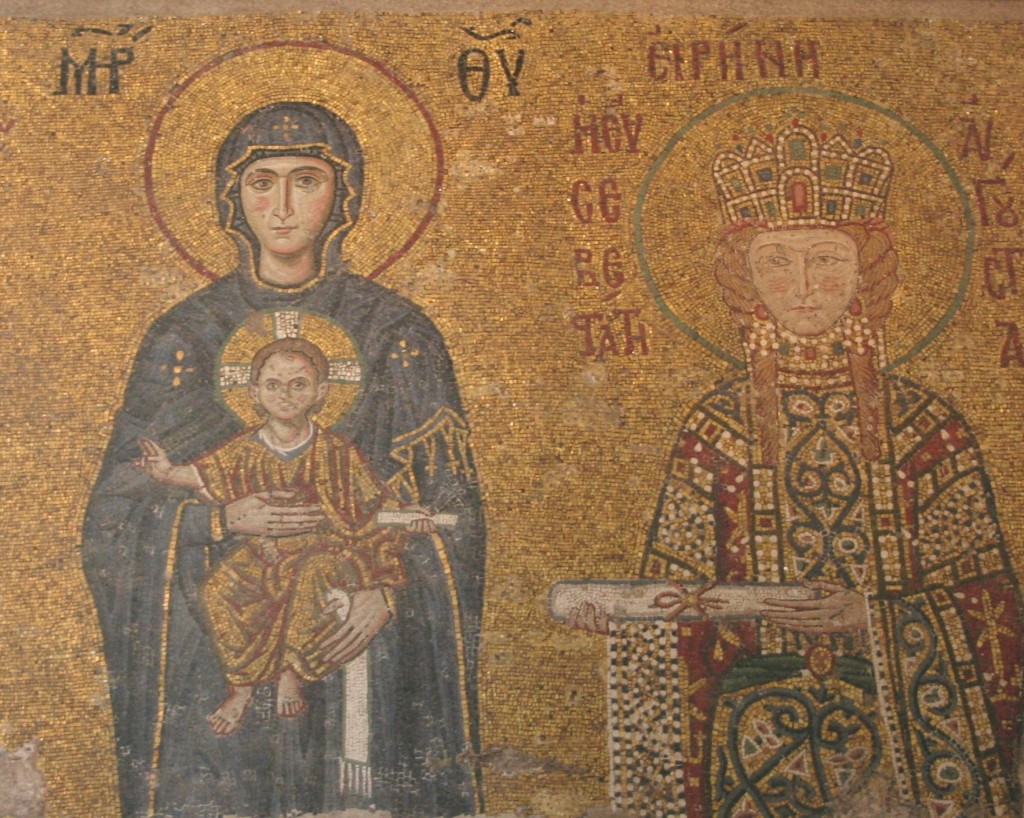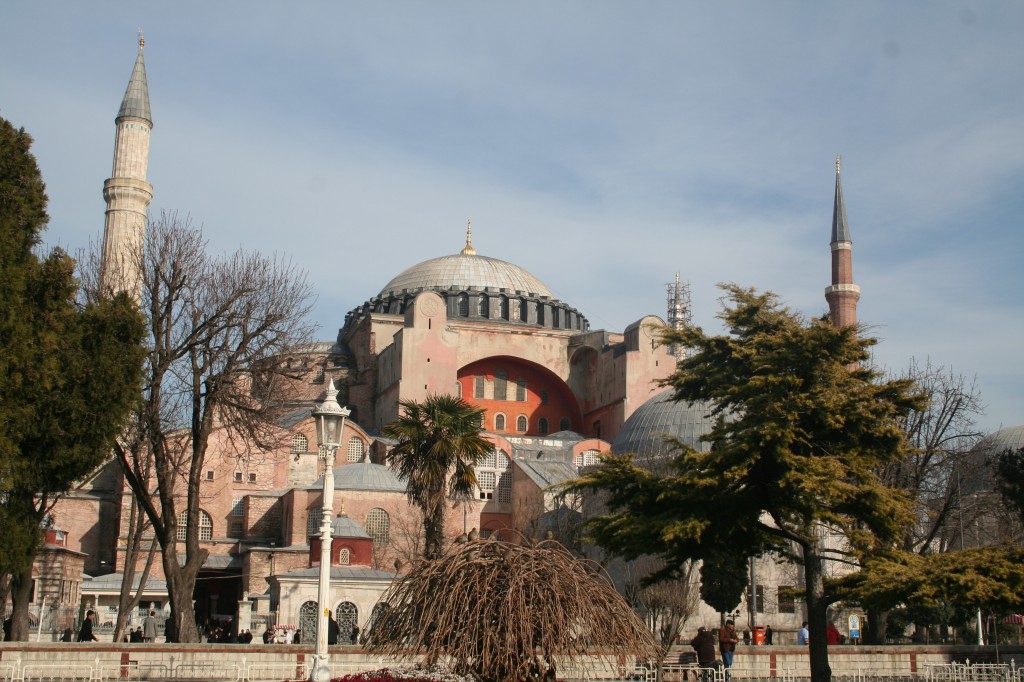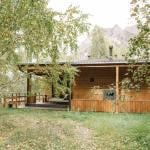After lingering many days in Istanbul, it’s time for us to travel to Ephesus. In doing so, we follow in the footsteps of countless pilgrims, for this site south of Istanbul (50 km south of the modern city of Izmir) has been a holy site for millennia. One of the Seven Wonders of the World once stood at Ephesus—the Great Temple of Artemis, a massive marble structure three times larger than the Parthenon. Artemis was the Greek goddess of hunting,... Read more

